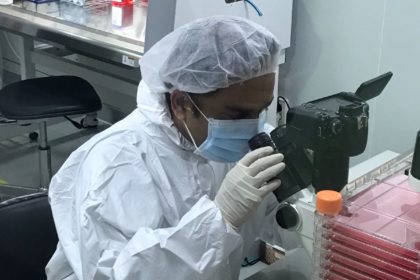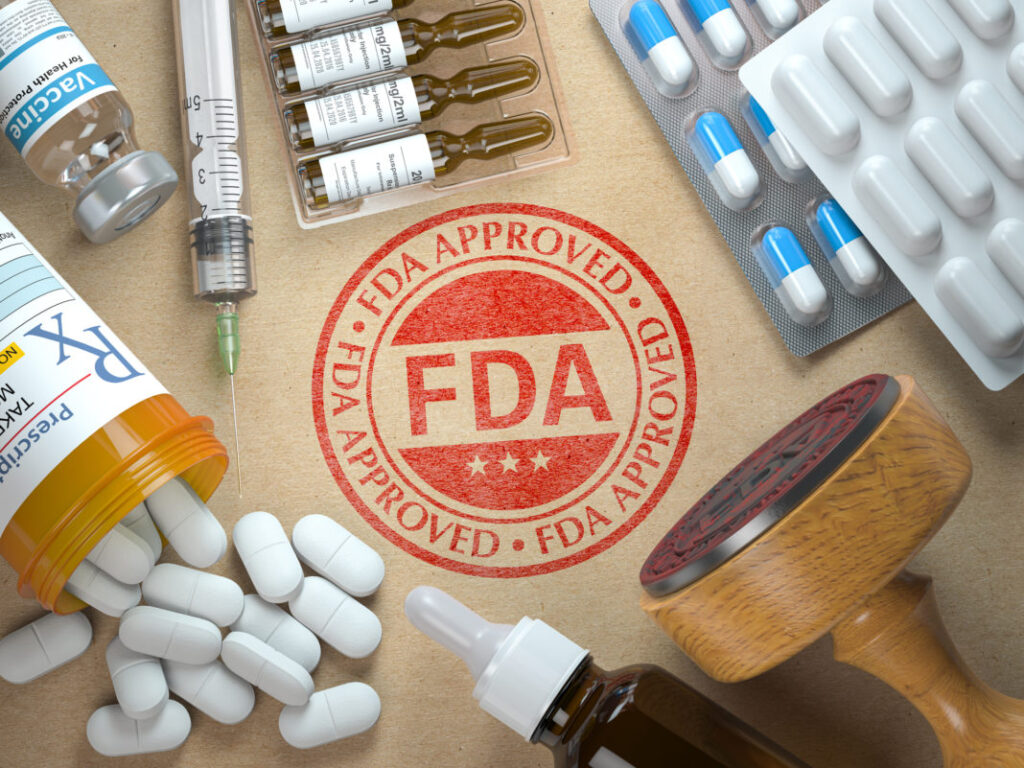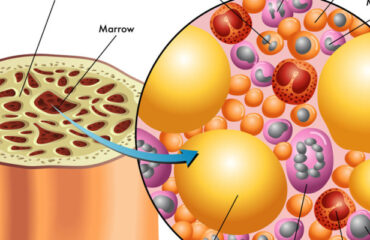
Cell therapies in the United States are regulated by the FDA’s Office of Cellular, Tissue, and Gene Therapies (OCTGT), part of the FDA Center for Biologics Evaluation and Research (CBER). Understanding these regulations is crucial for companies involved in the development and distribution of cellular products.
Overview of FDA Regulation
The FDA’s Center for Biologics Evaluation and Research (CBER) oversees:
- Cellular therapy products
- Human gene therapy products
- Certain devices related to cell and gene therapy
CBER operates under the authority of the Public Health Service Act and the Federal Food Drug and Cosmetic Act, which provide the legal framework for regulatory oversight.
Regulation Pathways: 351 vs. 361 Products
361 Products
Products that meet all criteria outlined in 21 CFR 1271.10(a) are classified as Human Cells, Tissues, and Cellular and Tissue-Based Products (HCT/Ps) under Section 361 of the Public Health Service (PHS) Act. These products, known as “361 products,” do not require FDA licensure or approval.
351 Products
Products that do not meet all criteria outlined in 21 CFR 1271.10(a) are regulated under Section 351 of the PHS Act and the Federal Food, Drug, and Cosmetic Act. These products are treated as drugs, devices, or biological products and require FDA approval through clinical trials to demonstrate safety and efficacy.
Regulatory Framework
The distinction between 361 and 351 products reflects the FDA’s assessment of relative risk associated with each type of cell therapy. 361 products are considered lower risk and are subject to less stringent regulatory requirements compared to 351 products, which undergo a rigorous approval process akin to pharmaceuticals.
Conclusion
Navigating FDA regulations for cell therapies involves understanding whether a product falls under the 361 or 51 pathway. Compliance with these regulations is essential for ensuring safety, efficacy, and legal market entry for cell therapy products in the United States.





